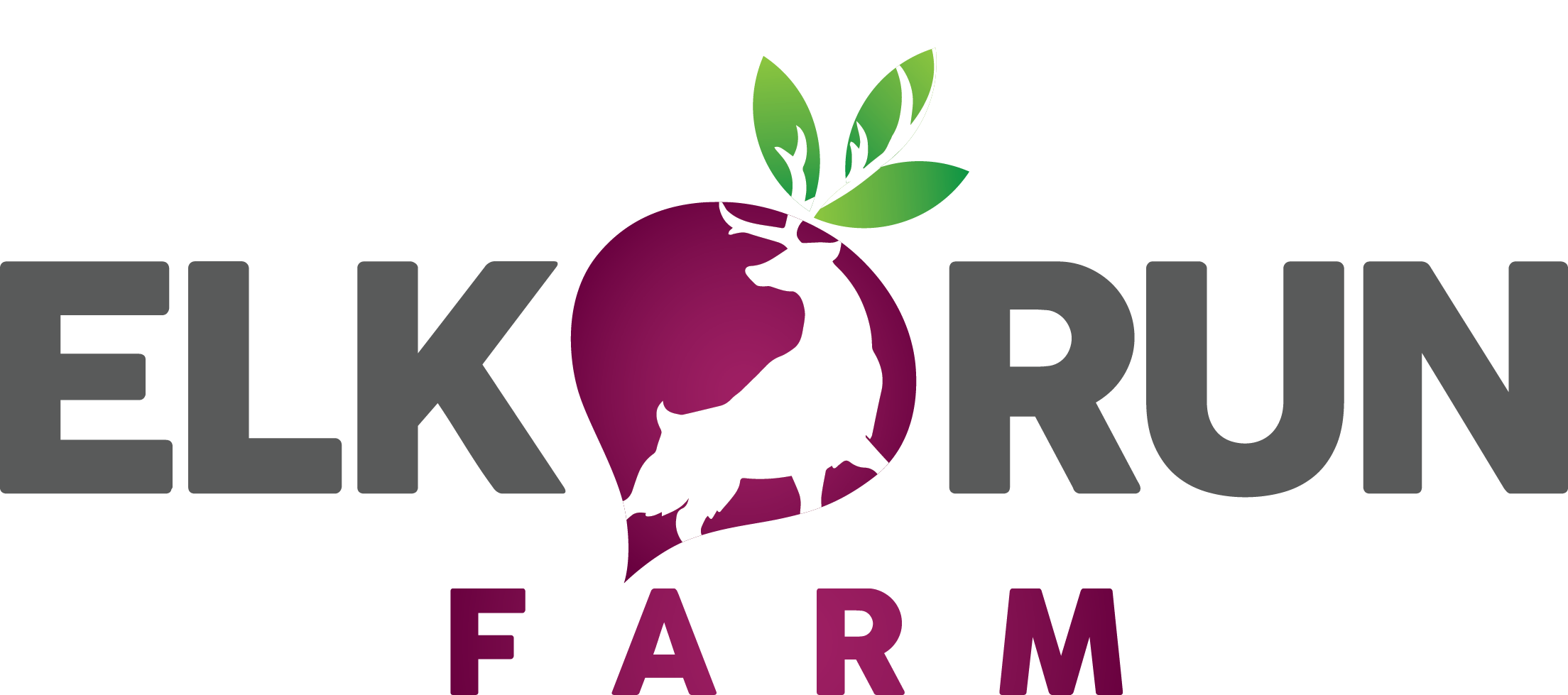Growing Plant Starts
It is always a good idea to be looking for supplemental forms of income for a project such as Elk Run Farm, where most of the funds have been sanctioned for specific needs such as building physical infrastructure. Selling plant starts is a fairly traditional fundraiser, so look to local organizations to provide tips and suggestions for your area. While it can seem like a large undertaking, especially in the already busy spring and summer months, volunteers and donors are an often overlooked tool. Community members are usually looking for a tangible way to contribute to the project, so seek out local individuals and businesses to donate seeds, soil, and labor.
Plant sales are a fairly popular fundraiser for many schools and businesses so be sure to take the time to create a list of others in the area who are already doing the work. They could become helpful partners at best or places to learn from at worst.
High School Horticulture Class/Future Farmers of America
Partners can be an excellent source for securing donations of plant starts and labor. Many high schools now offer classes on horticulture and agriculture that often require students to grow a certain number and variety of plants that are often sold in plant sales to raise money for their clubs. Clubs such as Future Farmers of America (FFA) and 4H are exposed to different aspects of farming and environmental studies, and are required to fulfill a number of community service hours to maintain membership. Teachers of these classes sometimes bring in community partners such as local businesses to aid with their programs so the Harvest VISTA can usually find a way to bring their site onboard. The VISTA can form a relationship with the teachers overseeing these projects and spread the word about their plant sale. Students can also be brought on as volunteers in gardens and greenhouses to fulfill community service requirements.
While already established plant sales and classes can be a great opportunity for partnerships, it is important not to step on any toes as these fundraisers are usually a pivotal part of the clubs, especially FFA. Try to spend as much time figuring out the appropriate place to connect without imposing on partners while still maintaining your own mission.
Lessons Learned Overall
1. Have a clearly defined objective and plan in place for achieving it.
2. Be flexible; every problem you have an idea or solution for, no matter how brilliant, may not work out as conceived. Step back, and get a better understanding of how to achieve your goal in a way that works for everyone involved.
3. Cast a broad net when searching for support; you will be surprised how opportunities arise in the most unexpected places. It never hurts to ask.
4. Follow through. Plant a Row is not a priority for most; a continuous presence is essential.
5. Some seeds take longer to sprout than others. Be patient, be proactive and don’t get discouraged.

